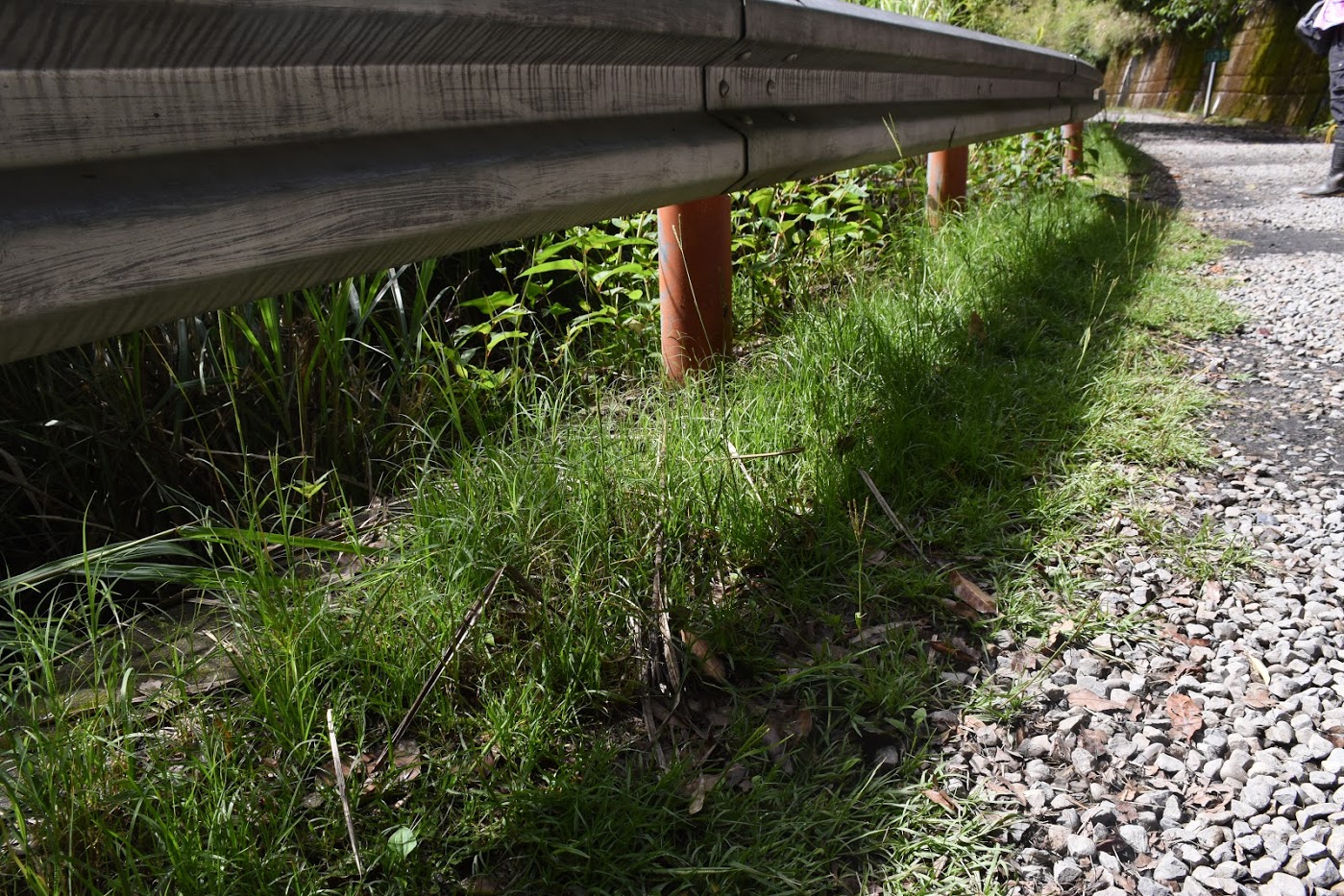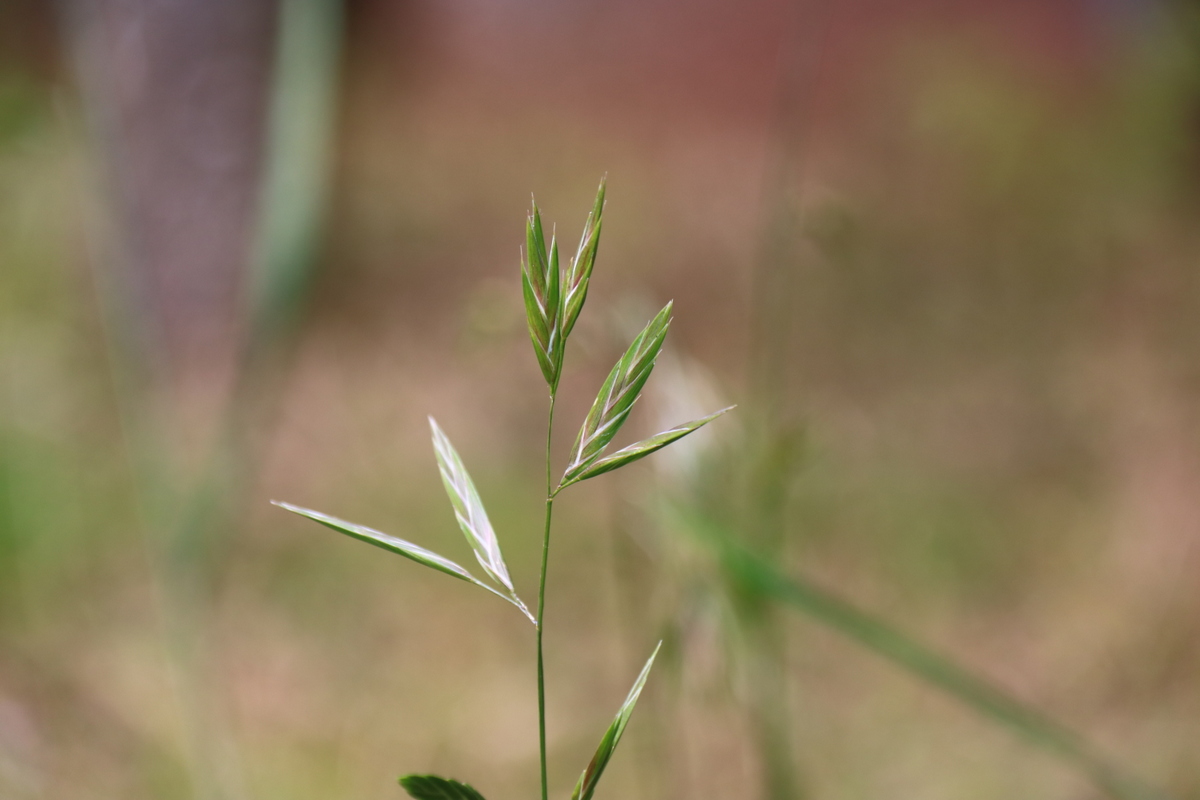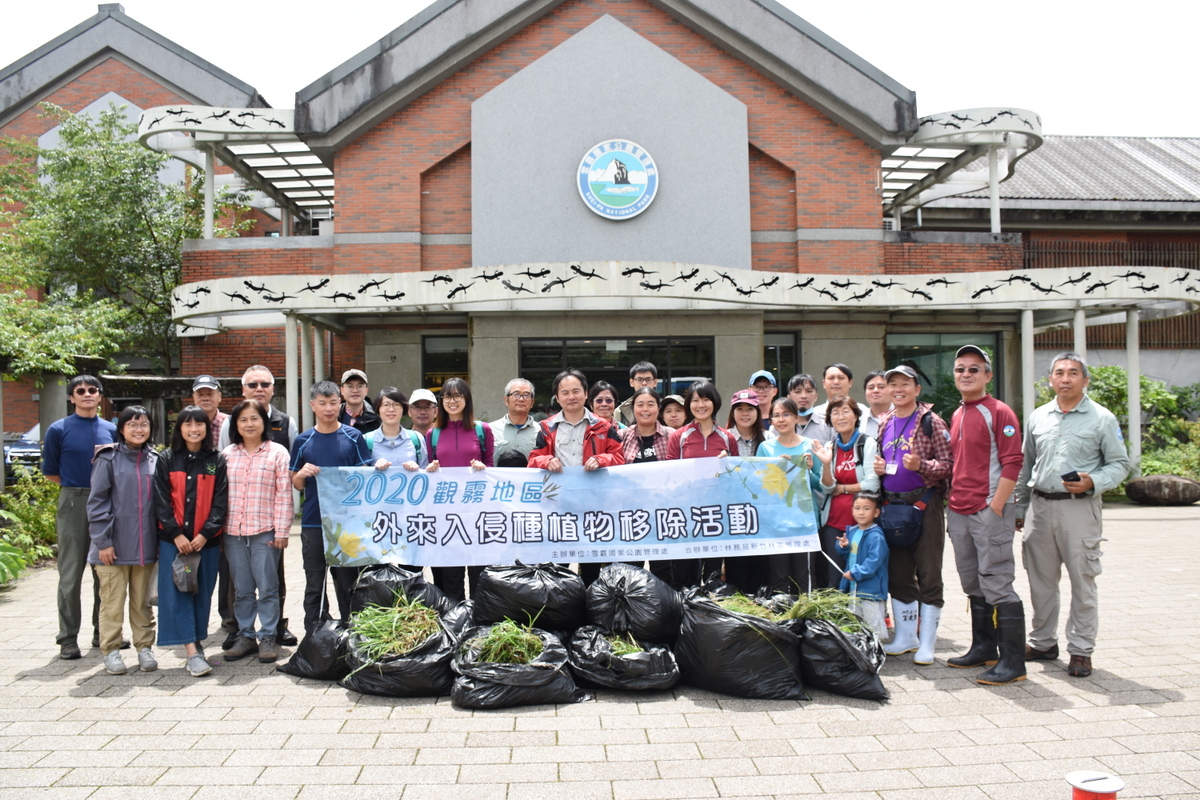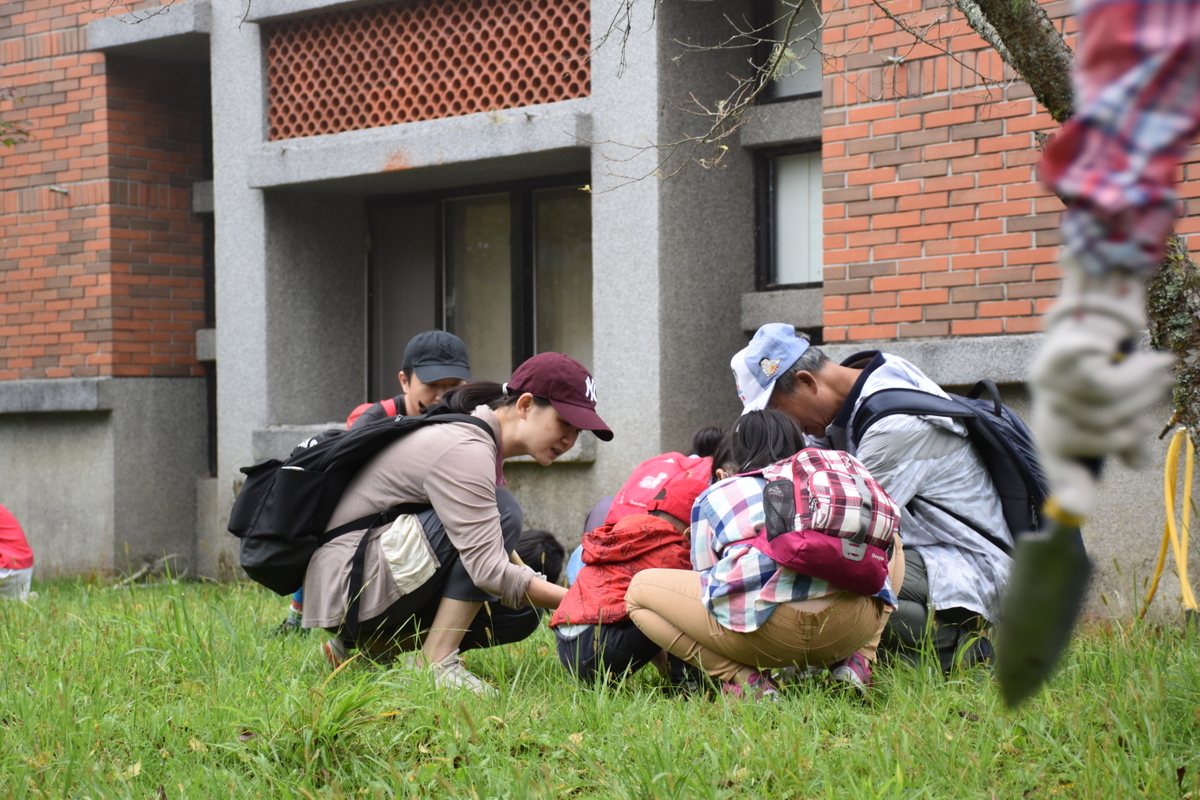Due to its beautiful natural environment, Guanwu area in Shei-Pa National Park has attracted numerous domestic tourists. This area boasts high biodiversity (e.g., species diversity) and complex vegetation, as well as rich and variable forest physiognomy. There are numerous delicate and ornamental native species, such as Impatiens devolii, a touch-me-not species endemic to Taiwan and characteristic of the area, Alishan gentian (Gentiana arisanensis), whose flowers are tiny and exquisite, long-calyx fringed pink (Dianthus longicalyx) with bright-colored flowers, and two Viburnum species (V. plicatum var. formosanum and V. sympodiale) with conspicuous sterile flowers.
New data for the study of alien species invasion in Guanwu area
In 2020, Shei-Pa National Park Headquarters (hereinafter referred to as “the Headquarters”) entrusted National Chiayi University to carry out a research project on the survey and management of alien plant species in Guanwu. According to the survey results, there are 715 species of vascular plants from 123 families, among which there are 78 alien species from 25 families; some of them are planted for ornamental purpose. At present, rescuegrass (Bromus catharticus) and dallisgrass (Paspalum dilatatum) from the family Poaceae have spread on a large scale and mainly occupy both sides of the road. On the other hand, mannagrass (Glyceria sp.) and a species of the genus Deyeuxia, also from the Poaceae, are found in Taiwan for the first time. It is presumed that they were mixed with the seeds of other grasses for soil and water conservation and introduced accidentally during the side-slope projects. However, both Glyceria and Deyeuxia had been removed by Headquarters before they had a chance to spread.
The ecological impact of alien plant species in Guanwu and the countermeasures
The ecological impact of alien plant species on the habitats of indigenous species should not be taken lightly. The removal of alien plant species is urgently required. In the summer or fall when the fruits of the plants in the early stage of naturalization have not yet ripened, it’s the best time to carry out the removal activity. Headquarters held two sessions of removal activities of alien plants in the surrounding areas of Guanwu Station of the Park in September, 2020, which invited over 40 participants from Hsinchu Forest District Office of Forestry Bureau, volunteers of Shei-Pa National Park and the general public to jointly remove alien plants, which mainly consist of numerous alien species such as common dandelion (Taraxacum officinale), common yarrow (Achillea millefolium), lesser trefoil (Trifolium dubium), rescuegrass, Vasey’s grass (Paspalum urvillei) and dallisgrass. In the future, Headquarters will irregularly call upon the volunteers and the general public to jointly take part in the removal of alien and invasive species, in the hope that the activities help eliminate the alien plants in the Guanwu area and bring new opportunities for the environment.
A little more effort and a little more caution. Visitors are advised against bringing the seeds of alien species into the Park
The seeds of alien plants can disperse easily. They could have been brought in attached to the tires of vehicles after being run over, or attached to the clothes of visitors entering the Park. During the construction, the seeds of alien species are brought in when the earth used for the engineering projects is transported from the lowland to the higher-altitudinal areas. These can all be causes of the entry of alien plants into Guanwu area. Before entering Guanwu Recreational Area, visitors are advised to examine their clothes to see whether there are some seeds of alien species attached. If the seeds are found, they should be removed and discarded, so as to help the conservation of indigenous plant species.
Photo 1: Naturalized alien plants are most densely distributed on both sides of forest trails.

Photo 2: Rescuegrass (Bromus catharticus) – the most dominant naturalized alien species in Guanwu

Photo 3: Shei-Pa National Park Headquarters holds the removal activity of naturalized alien species and boasts good results.

Photo 4: Parents and children work together to eliminate alien plant species.
